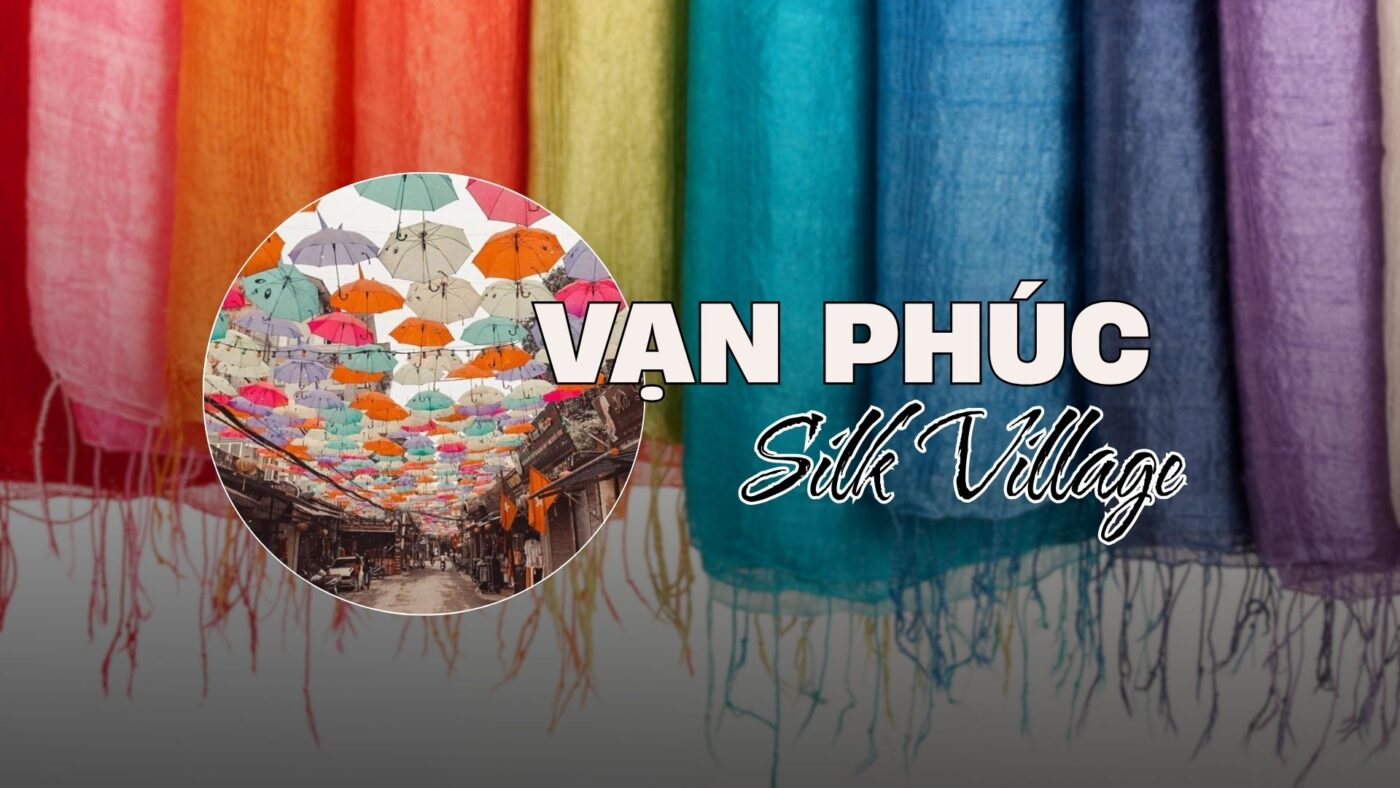Blog
Discover the Heritage of Van Phuc Silk Village
For over 1,000 years, Van Phuc Silk Village, located just 10 kilometers from the bustling center of Hanoi, has been a beacon of Vietnam’s silk-making heritage. Renowned for its intricate craftsmanship and high-quality silk, Van Phuc is one of the oldest and most famous traditional craft villages in Vietnam. Steeped in history and cultural significance, this charming village continues to mesmerize visitors from around the world.
Join us as we explore the rich history, craftsmanship, and global influence of Van Phuc Silk Village – and discover how the legacy of this traditional craft lives on in modern fashion.
Table of Contents
Discovering the Heritage of Van Phuc Silk Village
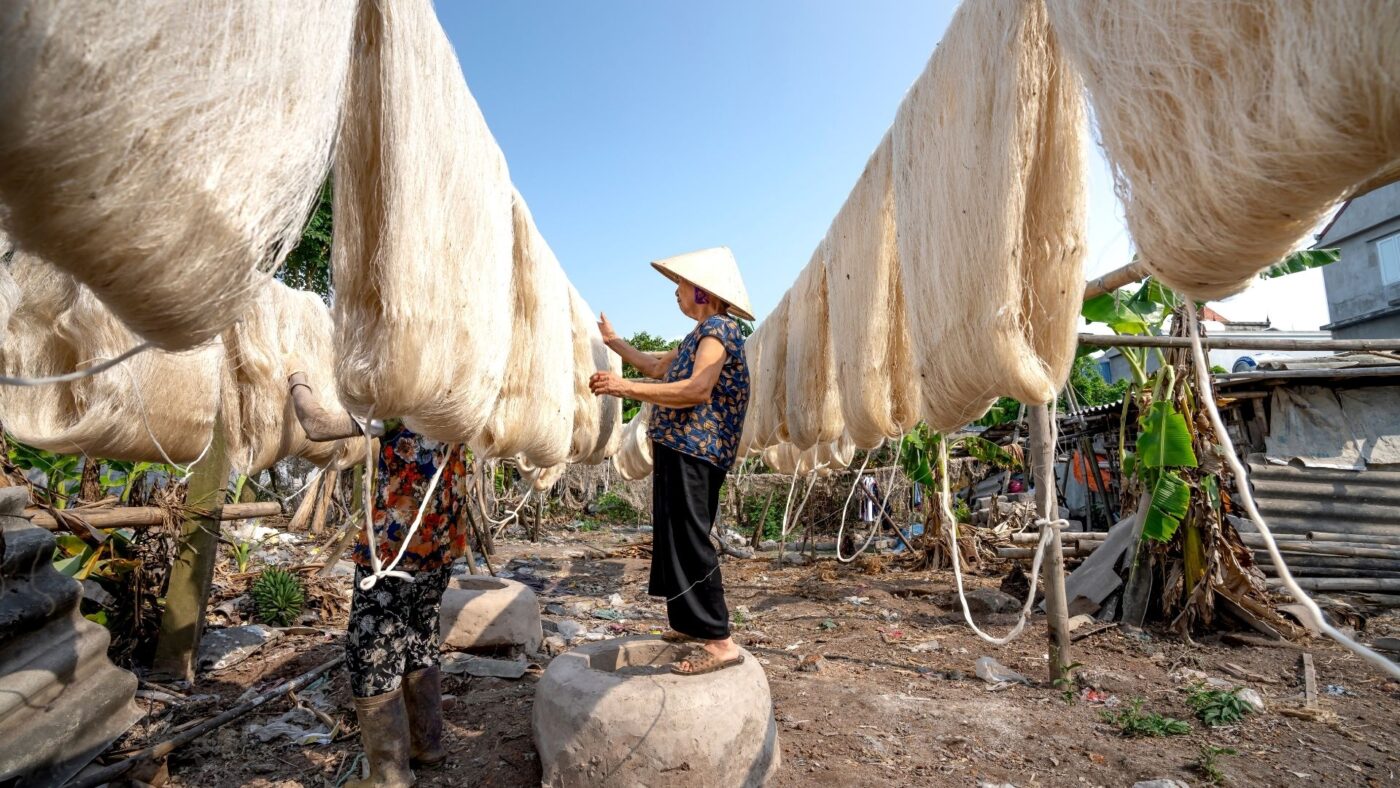
Van Phuc Silk Village’s roots trace back over a millennium, making it one of Vietnam’s most historic craft villages. Silk weaving began here as a family tradition, passed down through generations. Over time, Van Phuc became synonymous with luxury and elegance, as its silk was highly prized during the feudal era for clothing Vietnamese royalty and nobility.
The village’s silk is celebrated for its lightweight texture, natural softness, and intricate patterns, many of which are inspired by Vietnamese culture and folklore. Popular motifs include clouds, dragons, and lotus flowers – symbols of prosperity and harmony. For centuries, Van Phuc Silk has been a symbol of sophistication, embodying the artistic and cultural values of Vietnam.
The Art of Crafting Van Phuc Silk
At Van Phuc, silk-making is not just a craft – it’s an art form. The meticulous process of creating high-quality silk requires skill, patience, and dedication. Each step is performed with care to ensure the final product meets the highest standards of quality.
Raising Silkworms

The journey of Van Phuc Silk begins with silkworms. Artisans carefully raise silkworms, feeding them a diet of mulberry leaves. Once the silkworms spin their cocoons, the silk threads are extracted by boiling the cocoons in water – a delicate process that requires precision to avoid breaking the threads.
Spinning and Dyeing
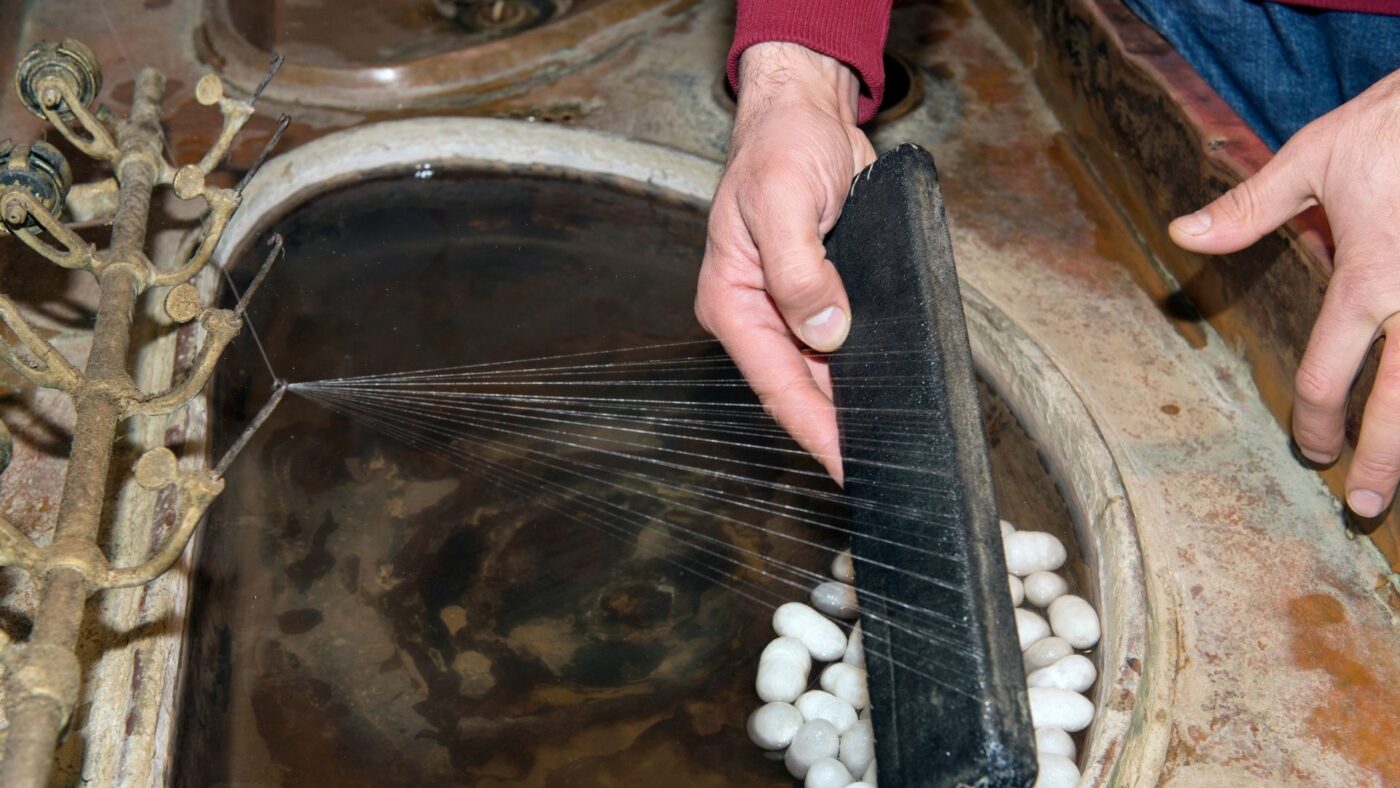
The threads are then spun into silk yarn and dyed using both traditional and modern techniques. In the past, the dyes were made from natural ingredients, such as plants and minerals, which gave each fabric a unique, earthy hue. Today, while some artisans still use traditional dyes, others have adopted modern methods to expand their color palette.
Weaving the Silk
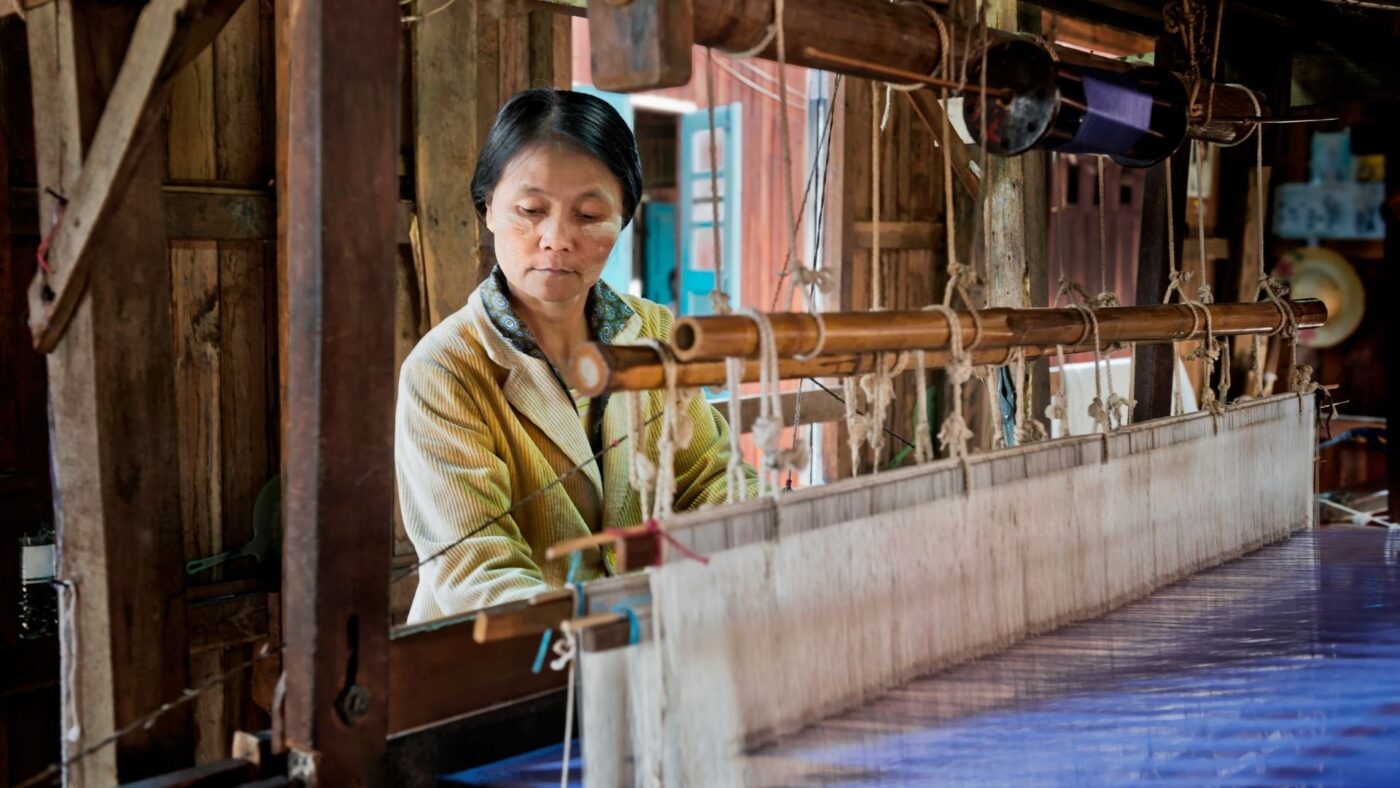
Weaving is the heart of the silk-making process. Artisans work on traditional wooden looms, threading and interlacing silk strands to create intricate patterns. Each piece of Van Phuc Silk is a testament to the artisan’s expertise, with some designs taking weeks or even months to complete.
Applications of Van Phuc Silk in Fashion
Traditional Vietnamese Attire
Ao Dai
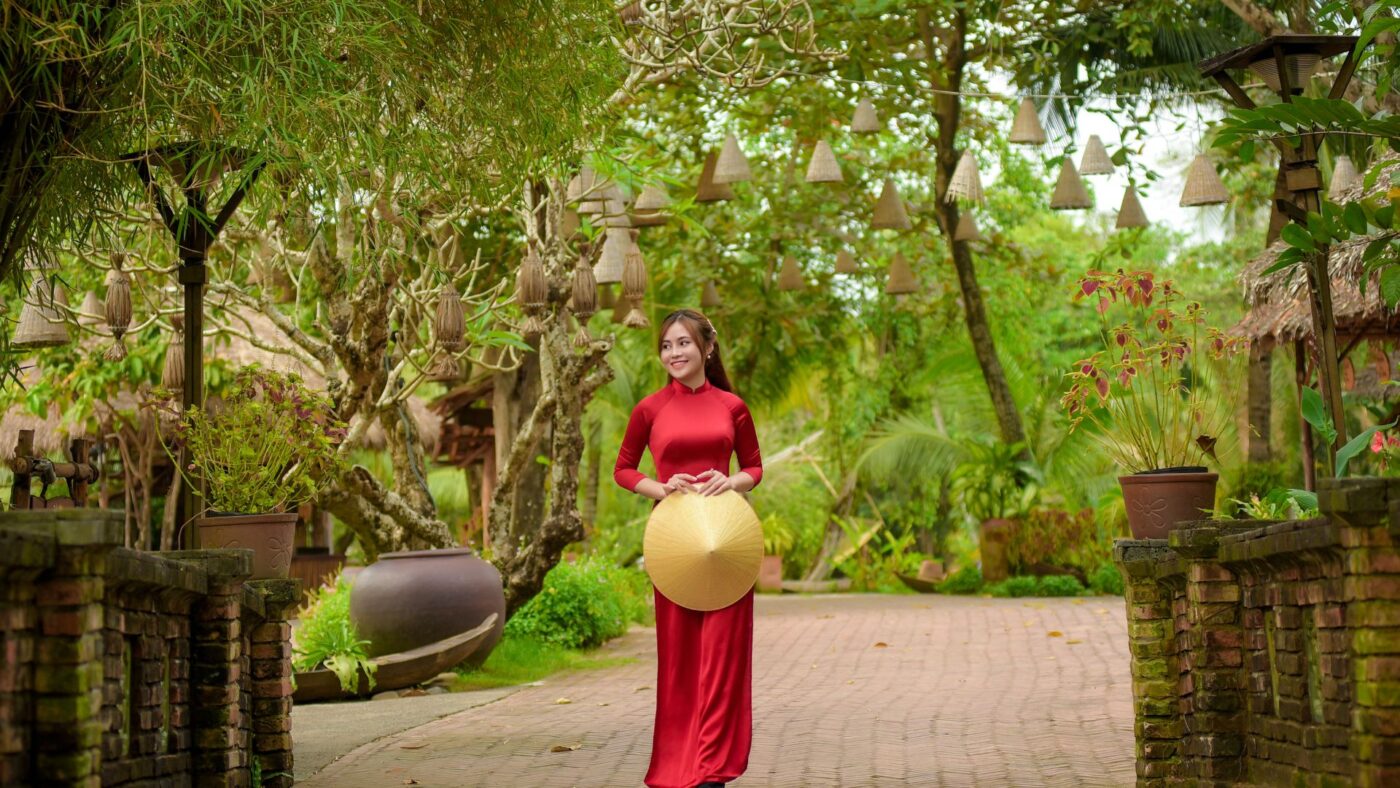
Van Phuc Silk is most famously used to create the ao dai, a symbol of Vietnamese culture. Whether in its classic form or modernized ao dai (ao dai cach tan), the fabric’s lightweight texture and elegance make it the perfect choice.
Ceremonial Clothing
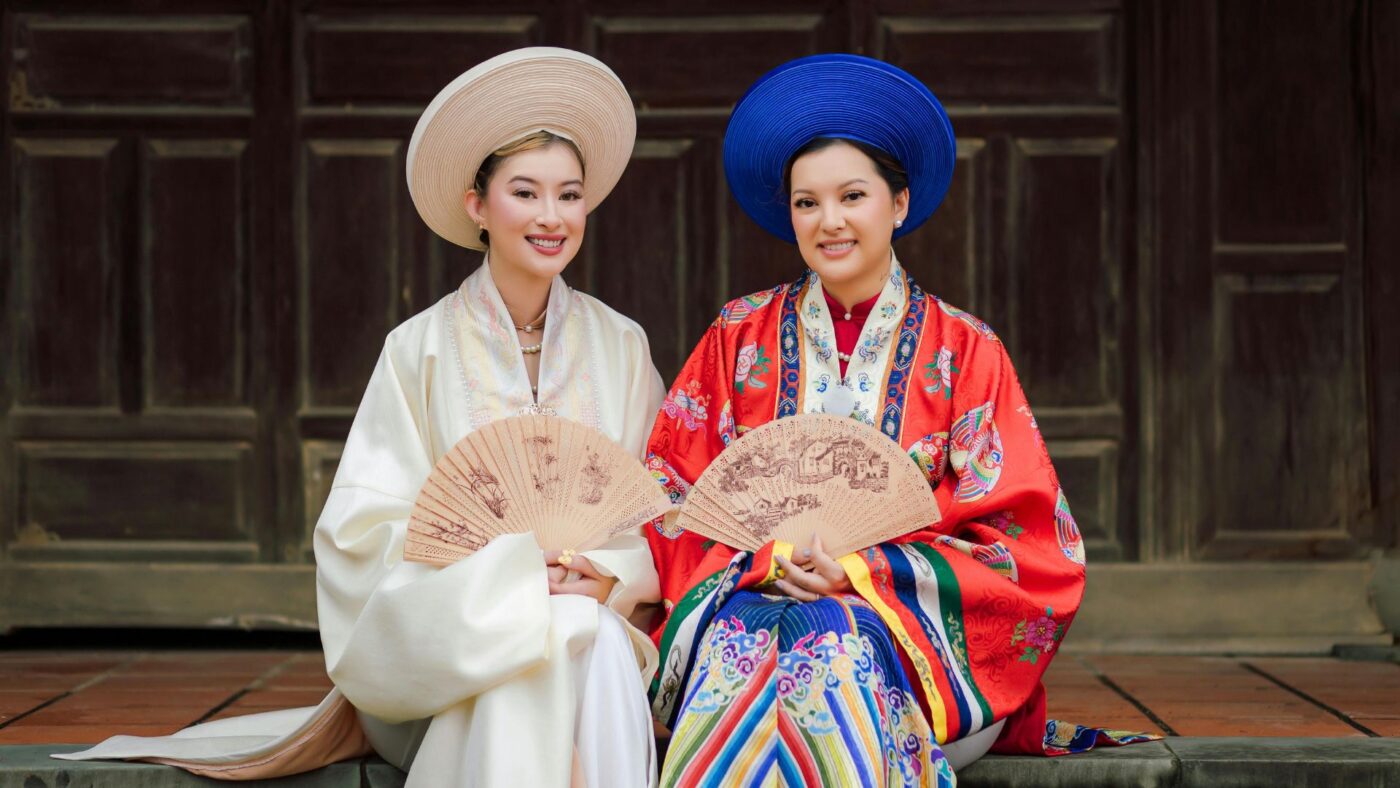
For weddings, festivals, and other traditional events, Van Phuc Silk is crafted into ornate, colorful garments. Brocade silk is often chosen for these occasions due to its intricate patterns and regal appearance.
Modern Fashion
Dresses and Gowns
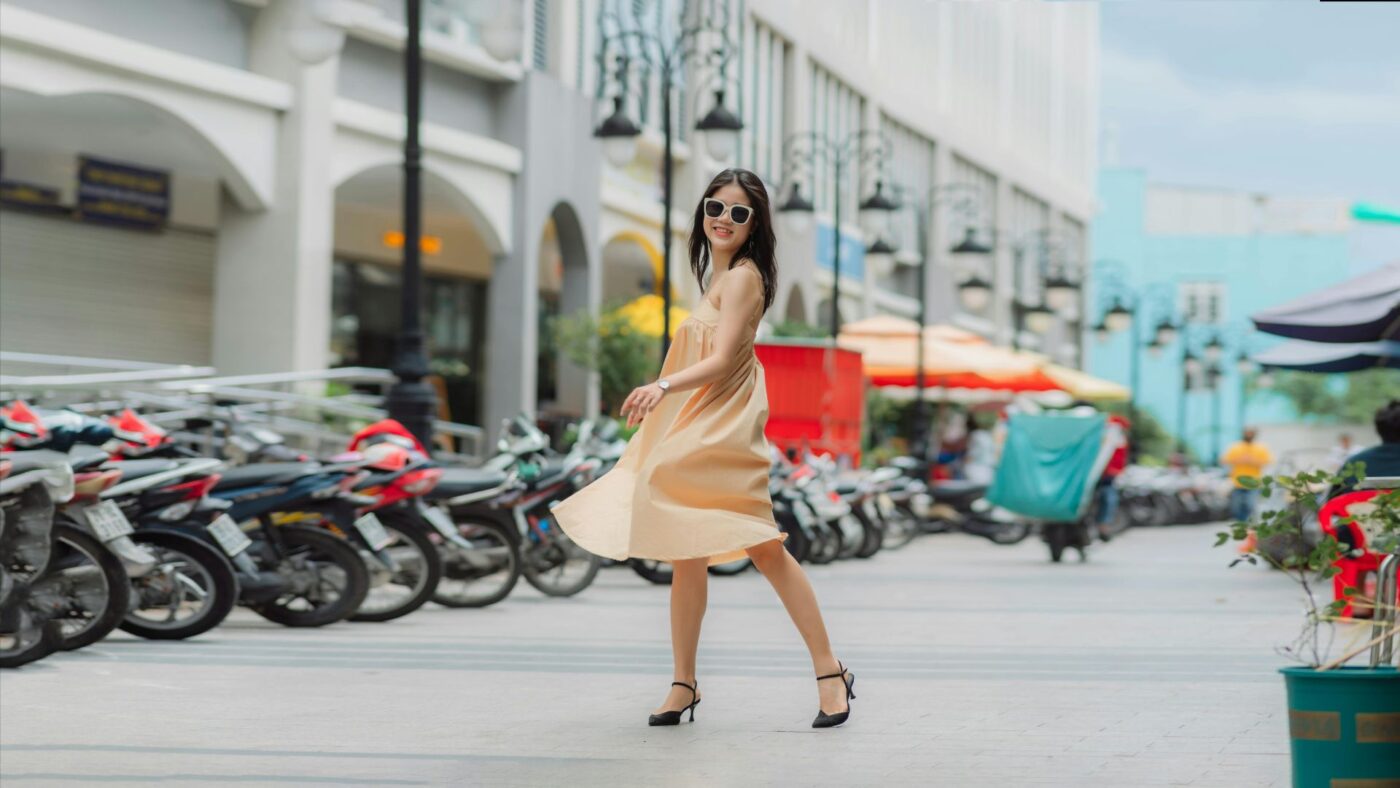
Designers use satin, organza, and plain silk to create luxurious evening gowns, cocktail dresses, and formal wear. The silk’s natural sheen adds a touch of glamour to any outfit.
Blouses and Shirts
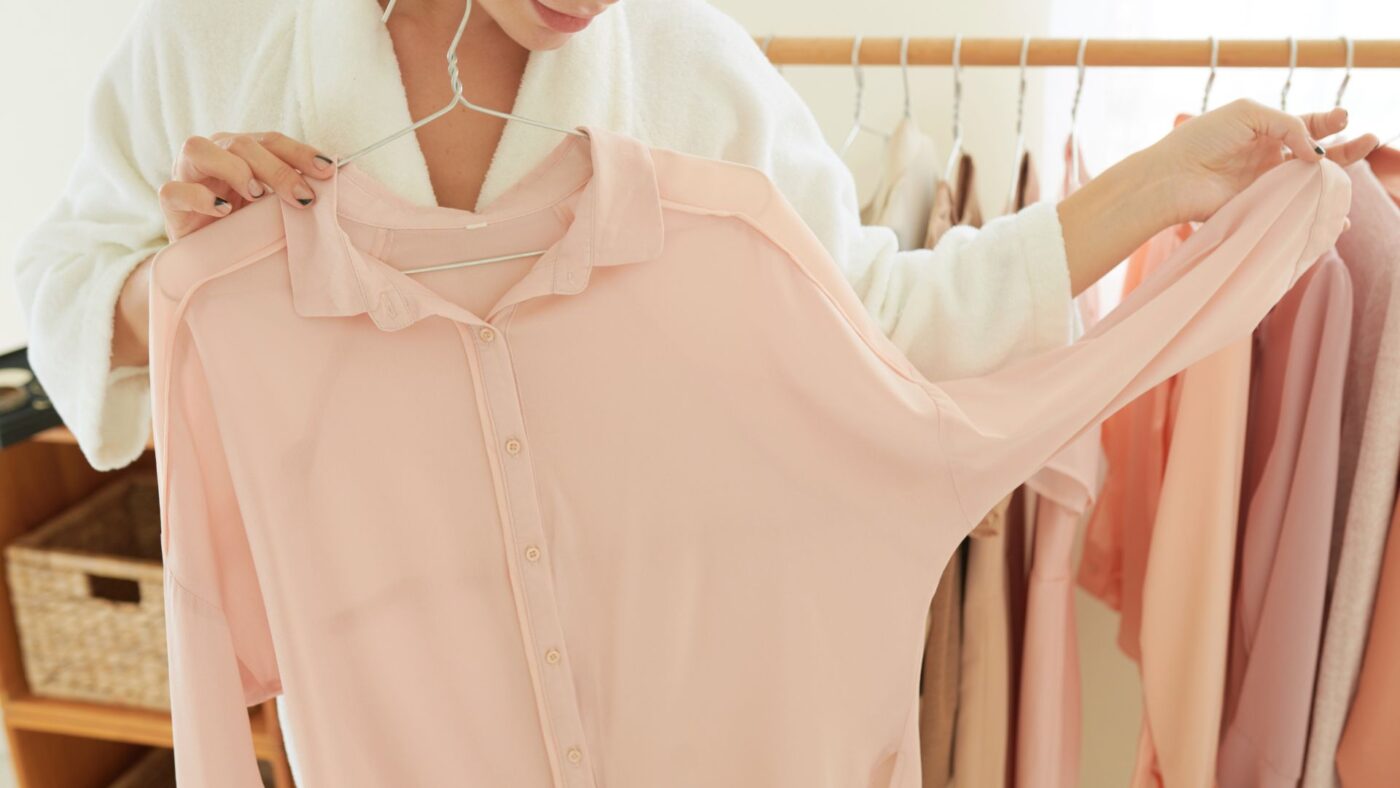
Twill silk and crepe silk are popular for crafting modern blouses and shirts that are both stylish and comfortable.
Outerwear
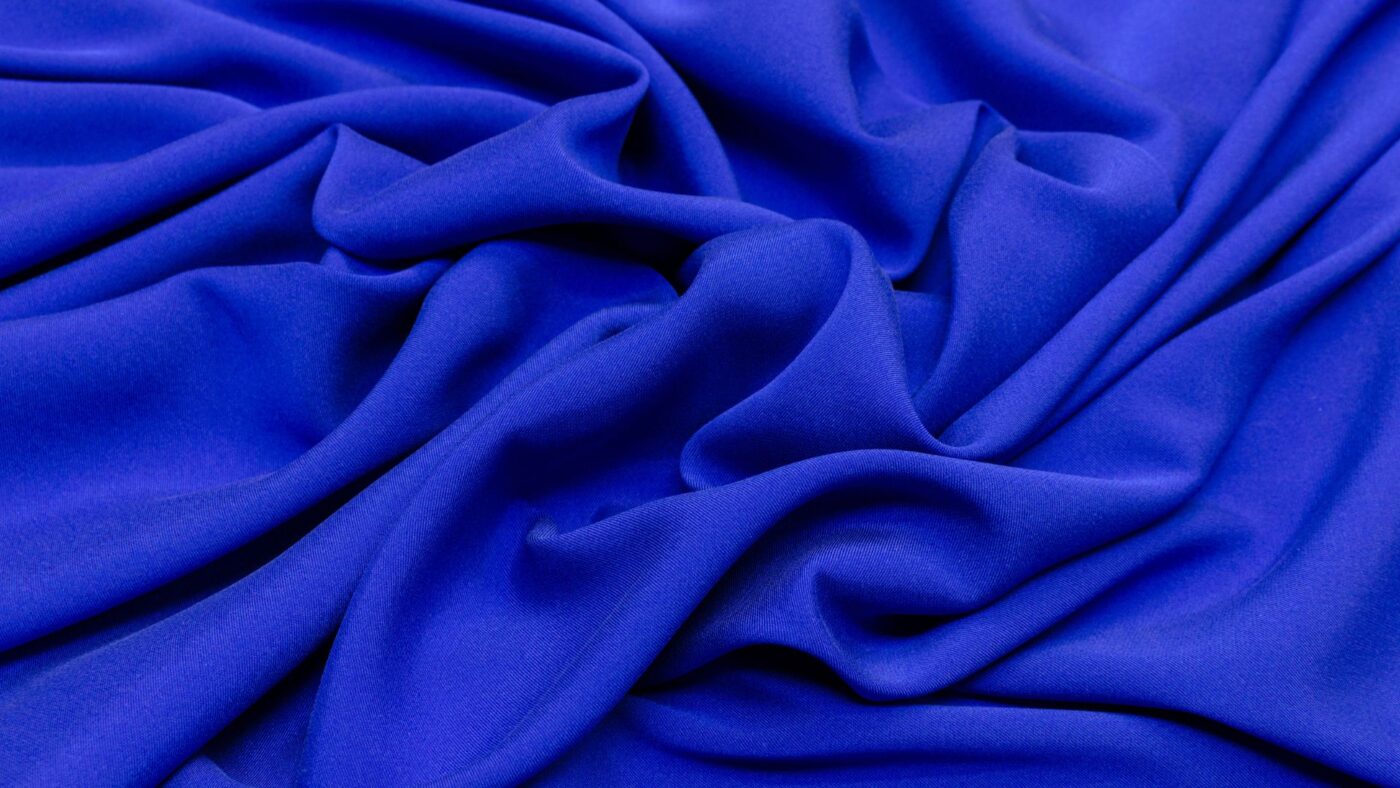
Twill silk’s durability makes it ideal for lightweight jackets and coats, offering a chic yet functional outerwear option.
Accessories
Scarves and Shawls
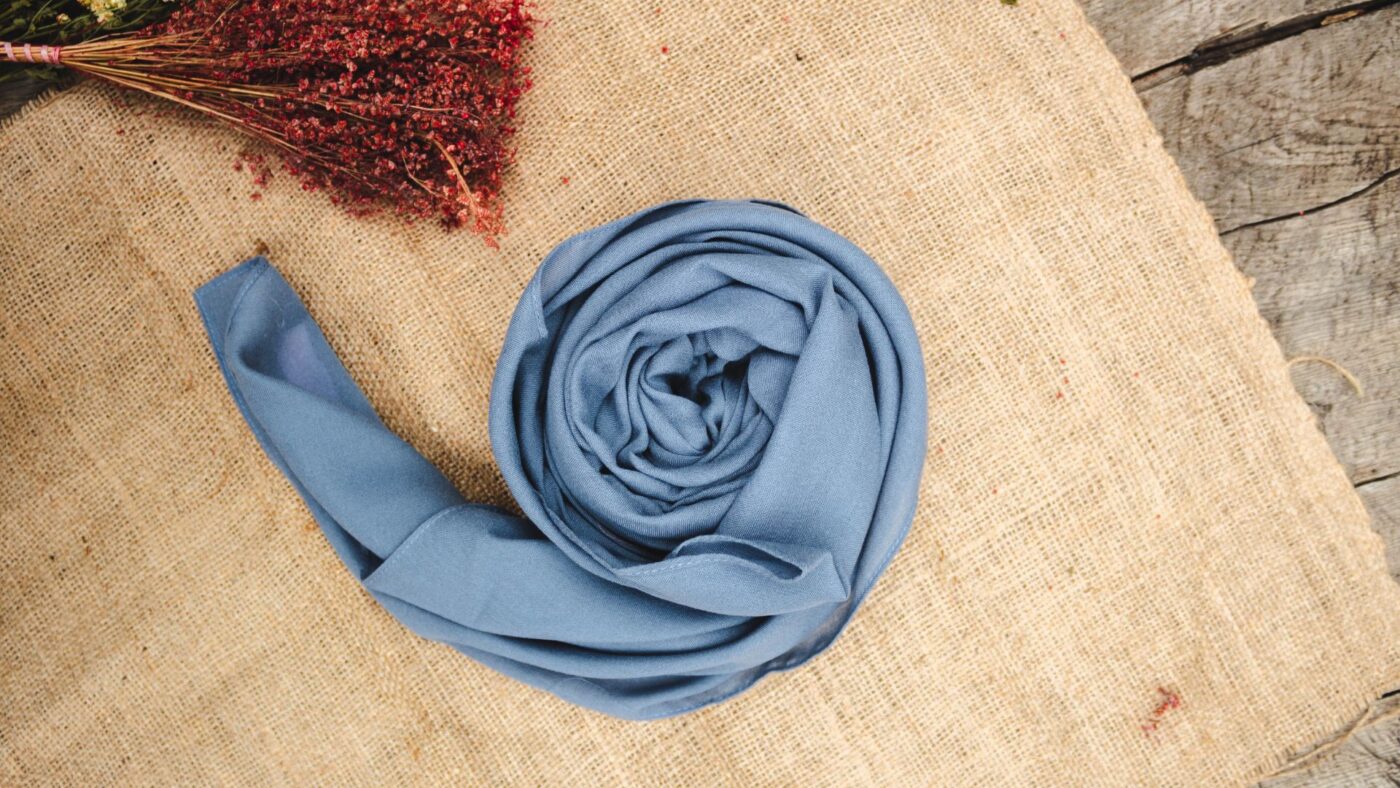
Silk scarves and shawls are timeless accessories, beloved for their softness and vibrant colors. They can elevate even the simplest outfit.
Ties and Pocket Squares
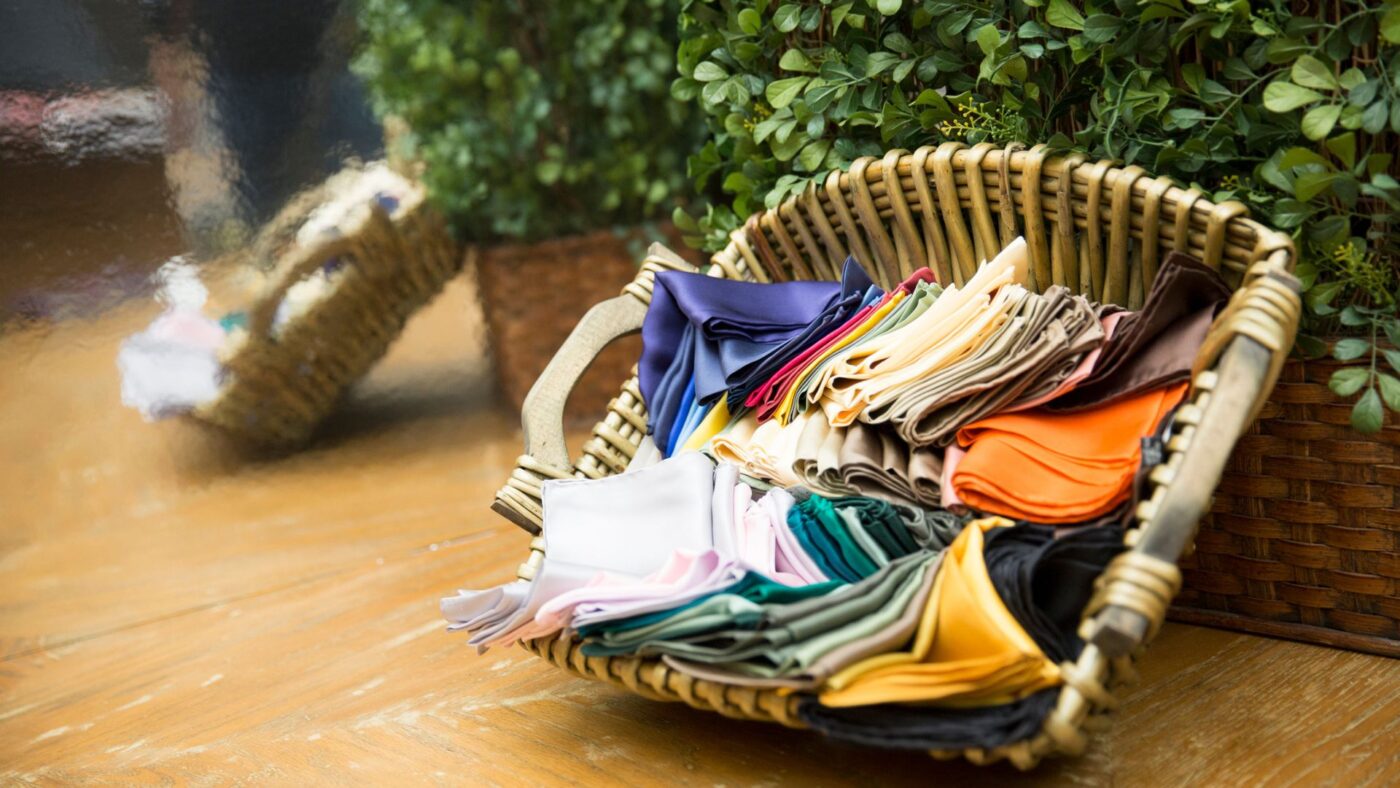
Satin silk is a favorite for premium ties and pocket squares, adding a sleek, polished look to men’s formal wear.
Handbags and Clutches
Brocade silk is often used in high-end handbags and clutches, giving them an elegant, vintage feel.
Home Décor
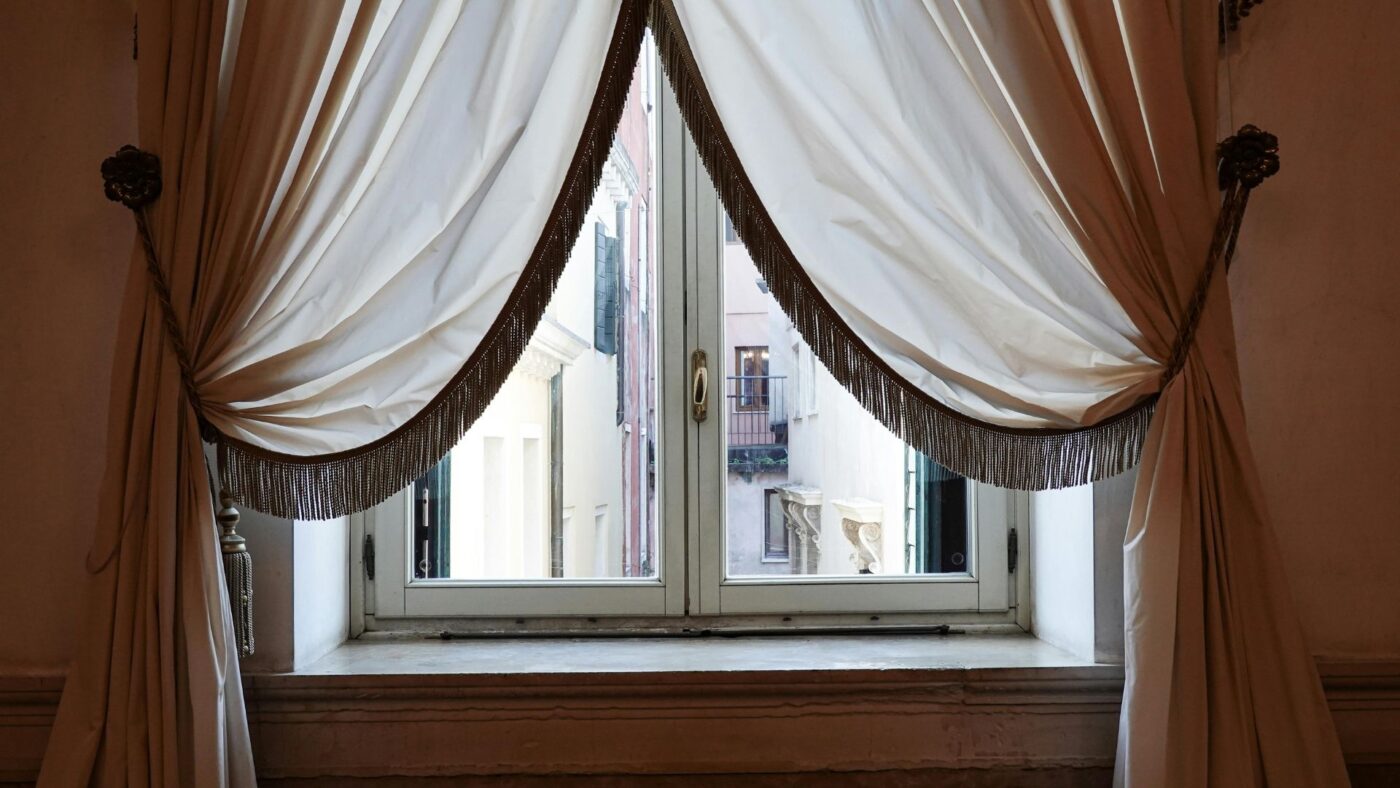
While primarily used in fashion, Van Phuc Silk is also applied in interior design. Brocade and satin silk are commonly used for curtains, cushion covers, and table runners, bringing a luxurious touch to any space.
A Visitor’s Guide to Van Phuc Silk Village
Van Phuc Silk Village isn’t just a place of production – it’s a living museum of Vietnam’s silk heritage. Visiting the village is like stepping back in time, where history comes alive through the sights, sounds, and stories of the artisans.
What to Do in Van Phuc Silk Village
- Explore the Silk Shops: Wander through streets lined with colorful silk shops, offering everything from scarves and ties to fabrics and traditional ao dai. These shops not only sell silk but also showcase the beauty and versatility of this timeless material.
- Watch Silk Weaving Demonstrations: Many workshops in the village allow visitors to watch artisans at work. Seeing the weaving process firsthand gives you a deeper appreciation for the effort and skill behind each piece of silk.
- Learn About the History of Silk: Visit the village’s small museums and exhibits to learn about the history of Van Phuc Silk and its importance in Vietnamese culture.
- Shop for Authentic Silk: When shopping, look for the signature traits of Van Phuc Silk – its lightweight feel, soft texture, and vibrant patterns. Authentic silk is a worthy investment, as it’s both durable and luxurious.
Tips for Visitors
- Getting There: Van Phuc Silk Village is located about 10 kilometers southwest of Hanoi. You can easily reach it by taxi, motorbike, or bus.
- Best Time to Visit: The village is charming year-round, but visiting in the cooler months (October to March) makes for a more comfortable experience.
- Know What You’re Buying: To ensure you’re purchasing authentic silk, ask shop owners about the fabric’s origin and production process.
Global Influence of Van Phuc Silk
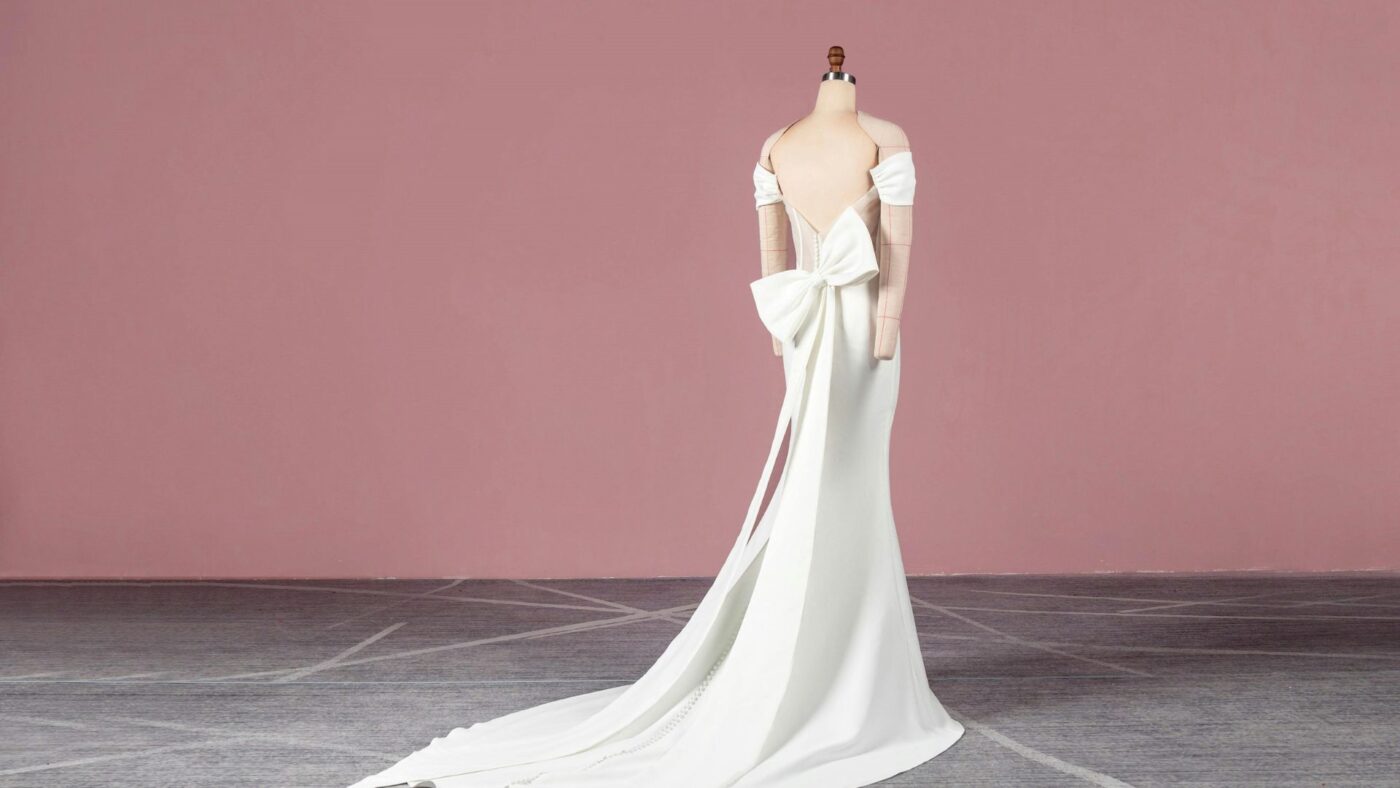
Van Phuc Silk’s reputation extends far beyond Vietnam, earning international recognition for its beauty and quality.
Early International Trade
Van Phuc Silk has been exported internationally since the early 20th century. During the French colonial period, it was introduced to European markets, where it was highly sought after for its luxurious feel and intricate designs.
Collaborations with Global Designers
In recent decades, Van Phuc Silk has caught the attention of international fashion designers. Its unique texture and patterns have been featured in runway shows and incorporated into high-end collections. Designers from France, Japan, and the United States have collaborated with Vietnamese artisans to bring Van Phuc Silk to a global audience.
Modern Appeal in the Global Market
Today, Van Phuc Silk is not only used for traditional garments but also for modern fashion items like dresses, suits, and accessories. Its versatility and timeless elegance make it a favorite among global consumers seeking sustainable, high-quality fabrics.
Conclusion
Van Phuc Silk Village is more than a destination – it’s a living testament to Vietnam’s rich cultural heritage and craftsmanship. From its historic roots to its global influence, Van Phuc Silk continues to captivate the world with its timeless beauty.

